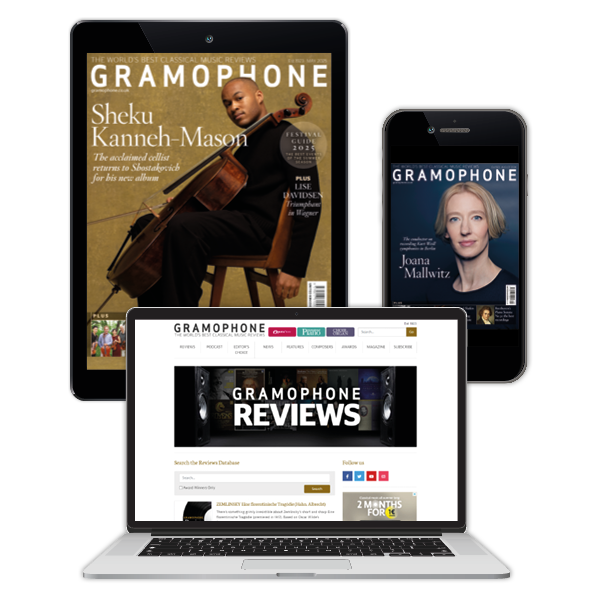Liszt Via crucis
View record and artist detailsRecord and Artist Details
Composer or Director: Franz Liszt
Magazine Review Date: 5/1986
Media Format: Cassette
Media Runtime: 0
Mastering:
DDD
Catalogue Number: 416 649-4PH

Tracks:
| Composition | Artist Credit |
|---|---|
| Via crucis |
Franz Liszt, Composer
Franz Liszt, Composer Netherlands Chamber Choir Reinbert de Leeuw, Conductor Reinbert de Leeuw, Piano |
Composer or Director: Franz Liszt
Magazine Review Date: 5/1986
Media Format: Vinyl
Media Runtime: 0
Mastering:
DDD
Catalogue Number: 416 649-1PH

Tracks:
| Composition | Artist Credit |
|---|---|
| Via crucis |
Franz Liszt, Composer
Franz Liszt, Composer Netherlands Chamber Choir Reinbert de Leeuw, Conductor Reinbert de Leeuw, Piano |
Composer or Director: Franz Liszt
Magazine Review Date: 5/1986
Media Format: CD or Download
Media Runtime: 0
Mastering:
DDD
Catalogue Number: 416 649-2PH

Tracks:
| Composition | Artist Credit |
|---|---|
| Via crucis |
Franz Liszt, Composer
Franz Liszt, Composer Netherlands Chamber Choir Reinbert de Leeuw, Piano Reinbert de Leeuw, Conductor |
Author: James Methuen-Campbell
The text for this work was prepared by Liszt's lady friend, the Princess Sayn-Wittgenstein, from various sources including German chorales, extracts from the Bible and Latin chants. It dates from 1878-9 and the composer also arranged the work for piano (for two hands and another four hands). It was first performed in Budapest on Good Friday, 1929. To date recordings have usually featured the organ accompaniment, rather than the piano, but Reinbert de Leeuw makes a convincing case for the latter instrument. The only problem is that since most of the music is so slow one needs a very good turntable to avoid some pitch distortion, something that would be less noticeable on an organ. However, the forthcoming CD version should undoubtedly cope with this difficulty.
The sparsity of the writing does not preclude many moments of great beauty and both choir and soloists sing without any affectation. De Leeuw's conception is intense, though the actual acoustic of the piano sound is not wholly satisfactory, being a bit swimmy. The entrance of the Lutheran hymn
Discover the world's largest classical music catalogue with Presto Music.

Gramophone Digital Club
- Digital Edition
- Digital Archive
- Reviews Database
- Full website access
From £8.75 / month
Subscribe
Gramophone Full Club
- Print Edition
- Digital Edition
- Digital Archive
- Reviews Database
- Full website access
From £11.00 / month
Subscribe
If you are a library, university or other organisation that would be interested in an institutional subscription to Gramophone please click here for further information.





